Overview
Conservation biology is unique in its breadth. Intellectually it fuses many fields from pure biology through to social science, law and ethics. Our research grapples with this complexity through collaboration with skilled and committed people from across the world. Our ultimate aim is to contribute to the research needed to keep for our descendants the biodiversity we inherited while recognising that we need to respect the many diverse world views and environmental needs of those with whom we collaborate and serve as researchers. Geographically the field knows only planetary boundaries – all systems are connected – but we try to retain a portfolio of projects at three scales – global by contributing to debates and systems that affect all people and environments; national as we have a responsibility to the Australian people who support our work; and local in the Northern Territory because our institution is embedded in its community and it is at the community level that conservation behaviours are enacted.
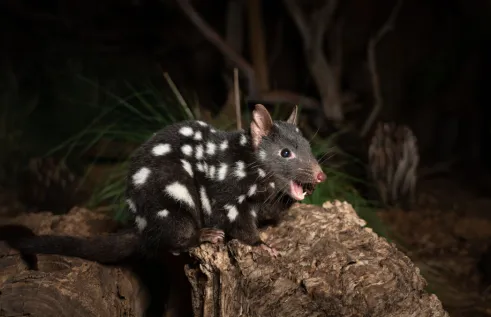
Threatened species
Preventing extinctions is at last government policy. It is about time. For the thirty plus years we have been working with Australian threatened species, here and abroad, we have been highlighting their plight, working out ways extinction can be prevented and population declines reversed.
Read more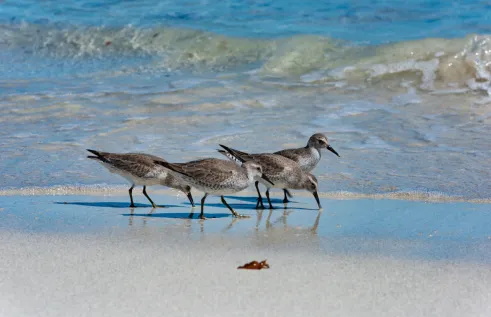
Migratory species
Migratory species are among the most vulnerable of the world’s creatures because they rely on sympathetic management of not just a single place where they live out their lives but multiple places, with their numbers controlled by conditions at the place where life is most difficult.
Read more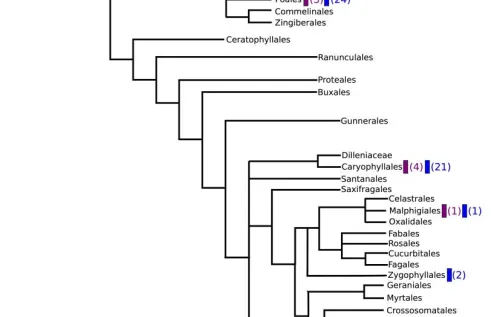
Taxonomic list governance
One way taxonomy is important to the wider world is through taxonomic lists. Lists of species and an understanding of phylogeny is critical to understanding ecology, to conservation and to biosecurity.
Read more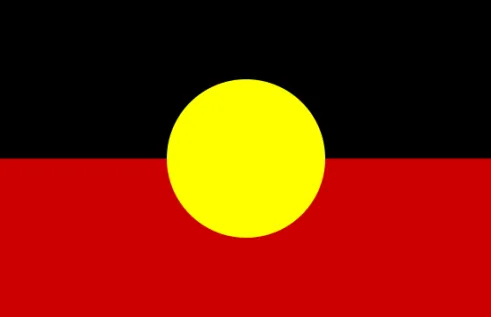
Indigenous Peoples' global influence
We undertake research to improve understanding the extent of the global influence of Indigenous Peoples and try to provide evidence that their interests, and their world view, needs to be accommodated into national and global conservation policy and practice.
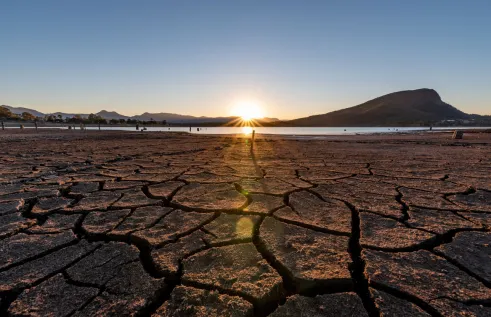
Climate Change impact and adaptation
The influence of climate change is accelerating and both human society and ecological systems must change or fail. Much of our research in this field is about people – their behaviours, mobility, adaptations and energy supply.
Read more